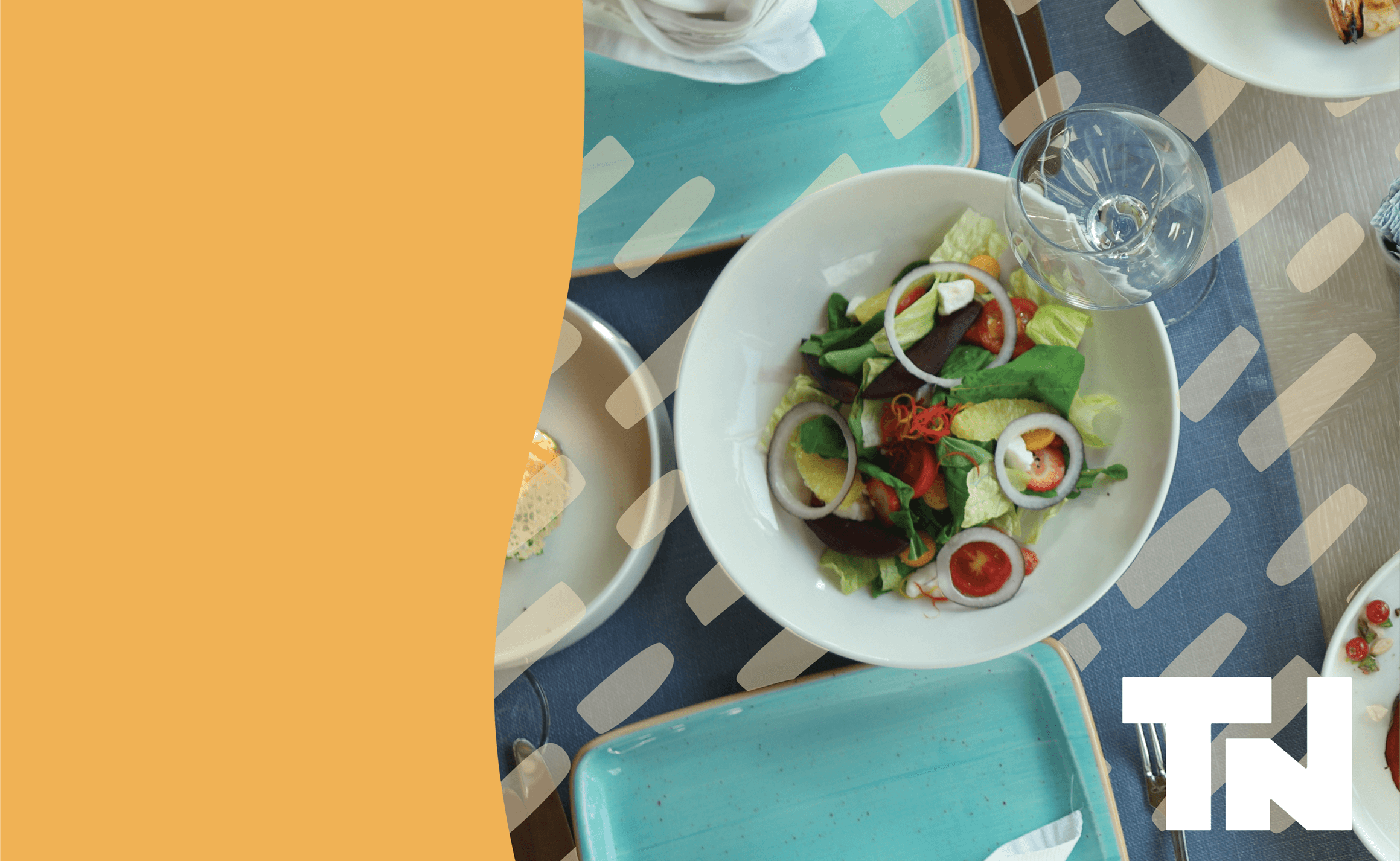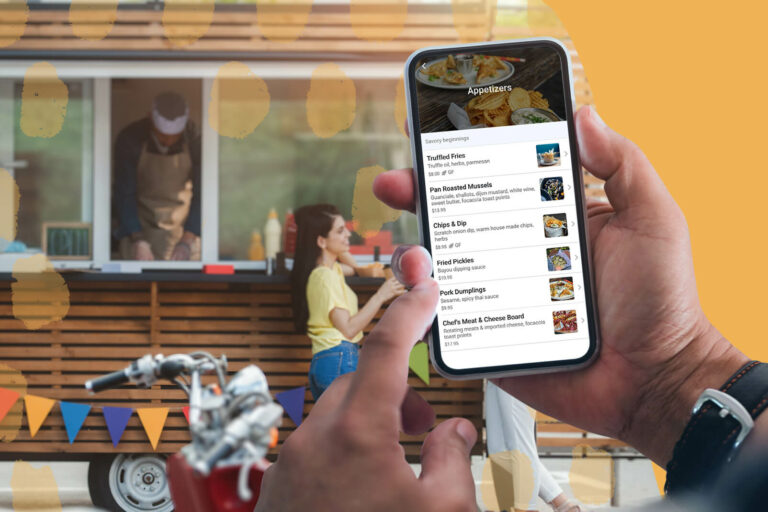Technology in restaurants is new and can be intimidating or seem overwhelmingly complicated, but Table Needs is here to make restaurant and menu management simpler for both you and your customers. To engineer your menu in a more organized way, the first step we recommend is A/B testing.
A/B Testing and Menu Engineering: In-Depth
If you would like to get a better understanding of menu engineering, you can check out our deep dive on the subject. When it comes to the concept of A/B testing in the Table Needs menu manager specifically, it’s important to take a closer look, too, as it can be essential to your success as an owner or manager.
In our menu manager, you can test any item for performance based on the item name, description, accompanying photo, or placement on the menu.
A/B testing can help gauge menu item performance when you’re figuring out whether to:
- Keep or remove an item.
- Try variations of the same item.
- Remove an underperforming, expensive item.
- Lower or increase price.
- Recategorize items.
- Add photos of items.
- Try new descriptions of items.
- Feature specific items.
As you A/B test menu items, the Table Needs menu manager will collect most of the data for you. All you have to do is take note of the results and your goals for the menu and then follow through with adjustments that best serve your restaurant and your customers.
Selecting Which Products to Test
Let’s walk through an example of an item that you’re ready to cut from the menu.
Let’s say that your barbecue joint’s mac and cheese side dish is priced under the premium sides at $3.99. Your side dishes don’t have any photos on your digital menu. Even though the lunchtime guests who order the mac and cheese swear by it, it still doesn’t get the demand you need to justify keeping it on the menu.
Using the Table Needs menu manager, we’d first look at the listing:
Macaroni and cheese
Macaroni noodles cooked al dente in a blend of sharp cheddar, fontina, and Gruyere cheeses. Sprinkled with house-made Parmesan-garlic breadcrumbs.
There’s a story to be told in this side dish. (And a photo wouldn’t hurt!) Ask yourself: What’s so special about this dish? What makes a run-of-the-mill mac and cheese extraordinary and exclusive to your restaurant? Do you cook it or serve it in a special way? Consider all differentiators when developing something that customers will flock to.
Of all these variables, however, photography should take a front seat.
This isn’t a bad description, but pictures finish what descriptions start. Without photos, a good description is just words on a page. Hiring a professional photographer and having your top chef cook a fresh batch to be immediately photographed and placed on the menu can make a stark difference in how your mac and cheese performs.
After A/B testing some new copy and a photo, it might come out something like this:
Hickory-smoked mac and cheese
A creamy, decadent favorite with a special house blend of sharp cheddar, Parmesan, Romano, and hickory-smoked Gruyere and Gouda cheeses. Topped with house-made Parmesan-garlic breadcrumbs and baked in our famous wood-fire smoker with real hickory wood. Lunch side only.
You could pair it with an appetizing photo and list it as a featured side item at the top of the menu. Now, that’s a sale closer! Your mac and cheese side might increase sales during the lunchtime rush, create demand from the dinner rush, and even outperform main dishes over time.
But let’s not get too hasty.
The key to successful testing is not making too many changes at once. It’s tougher to track which change made a difference if you make more than one or two in a short period of time. Remember, you want to make life easier. One change at a time lets you know what exactly improved your metrics. That can not only show how the item performed, but it might also help you make other changes on the menu.
From the Testing Phase to Data Collection
For the mac and cheese, one independent variable to consider is keeping it on the lunch menu. As a side dish exclusively on the lunch menu, this variable isn’t changing. As a result, you should see the effects of the changes only during lunch service. Another variable to consider is cost. If the goal is to increase sales, tinkering with the price can have other consequences that can throw off your data.
After collecting the data from the menu manager and examining the results, you can decide which variables to test next, including adding it to the dinner menu or offering price-altering modifications (like adding a protein or having a breadcrumb-free option).
Collecting this data will take time, so build that time frame around the number of guests at a certain time. If the lunch rush comes during the weekdays, your testing should happen during lunchtime Monday through Friday. Also, set reasonable start and finish dates for your testing. You don’t have to test an item for a year to know whether you want to keep it on the menu.
Once the testing phase is complete, measuring these results is where you see the Table Needs menu manager at work. Did you increase or decrease sales? What are the next steps to take? Our menu manager can help you figure it out.
Don’t wait any longer to get the answers you need to take your restaurant dreams from good to great. Get the data you need through A/B testing in our menu manager today!






